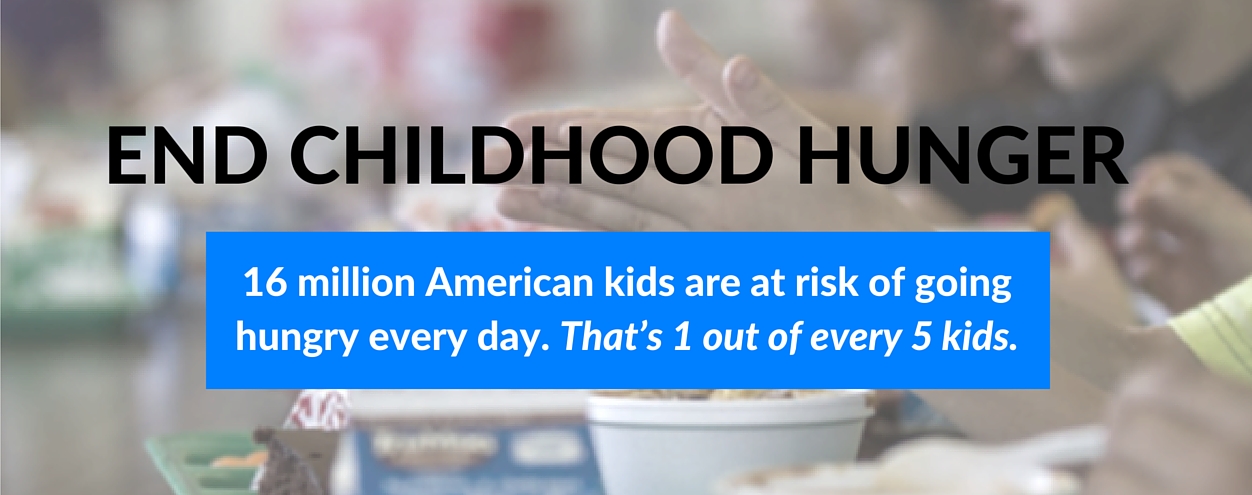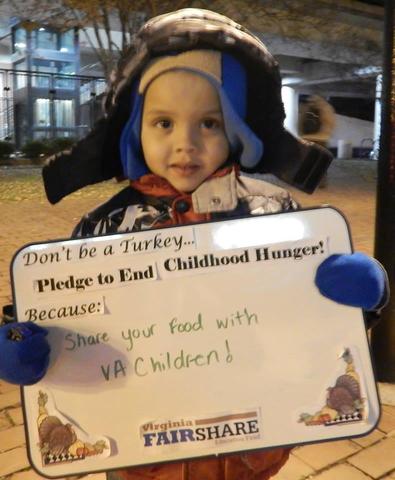End Childhood Hunger
When kids are hungry, they struggle to learn. When kids don't learn, they struggle in life. Still, 16 million American kids are at risk of going hungry every day. That’s 1 out of every 5 kids.
And soon, the situation could get even worse. The pandemic has caused millions of kids across the country to lose the healthy school lunches they depend on. And the accompanying economic downturn has left millions of Americans out of work and unable to provide for their families.
Ensuring that federal hunger programs like SNAP are appropriately funded has never been more important.
We need to protect and expand SNAP
In recent years, the SNAP program has borne the brunt of spending cuts, and just before the pandemic, the Trump administration proposed new criteria that would cause 3 million Americans to lose their benefits. We can’t allow this program to become harder to access for people in need.
Commonly known as food stamps, SNAP is one of the most effective and efficient programs for ending childhood hunger and helping to break the cycle of poverty. This program provides timely, targeted and temporary benefits to low-income Americans so that they can buy groceries. In 2019, SNAP reached 38 million people.
For decades, SNAP has been a lifeline for low-income families. We need it now more than ever.
One in five kids don’t get the food they need. This year, that could go up to one in four.
According to the United States Department of Agriculture’s most recent research, 16 million American kids — in big cities and small towns, in blue states and red states — live in food-insecure households, where they are at risk of going hungry on a daily basis. That statistic could soon get even worse.
Every child deserves a shot at a decent life, which includes having enough food to eat. We can and we must do better.
Meanwhile, food waste is out of control.
Our country actually produces more than enough food to feed everyone — but 40 percent of it never makes it to the dinner table.
Thirty-one percent of grain products (like breads and cereals), 30 percent of vegetables, 29 percent of fruits, 26 percent of meat … all of it goes straight to the landfill instead of feeding someone who needs it.
We need to do the hard work of identifying who needs food and where food is being wasted, and find opportunities to deliver food that would otherwise be wasted to those who need it. We’re advocating for governors to reduce hunger in our states by eliminating food waste.
Ending childhood hunger is an investment in our economic future
Feeding kids is the right thing to do, period. It’s also the right thing to do for our economy. We know that it is impossible for children who are hungry to concentrate on learning or be healthy enough to regularly attend school. A critical piece of investing in our country’s future is to make sure that children and their families have enough to eat. Plus, it costs more to ignore the problem than it does to solve it.
According to a report by the Center for American Progress and Brandeis University, “hunger costs our nation at least $167.5 billion due to the combination of lost economic productivity per year, more expensive public education because of the rising costs of poor education outcomes, avoidable health care costs, and the cost of charity to keep families fed.”



